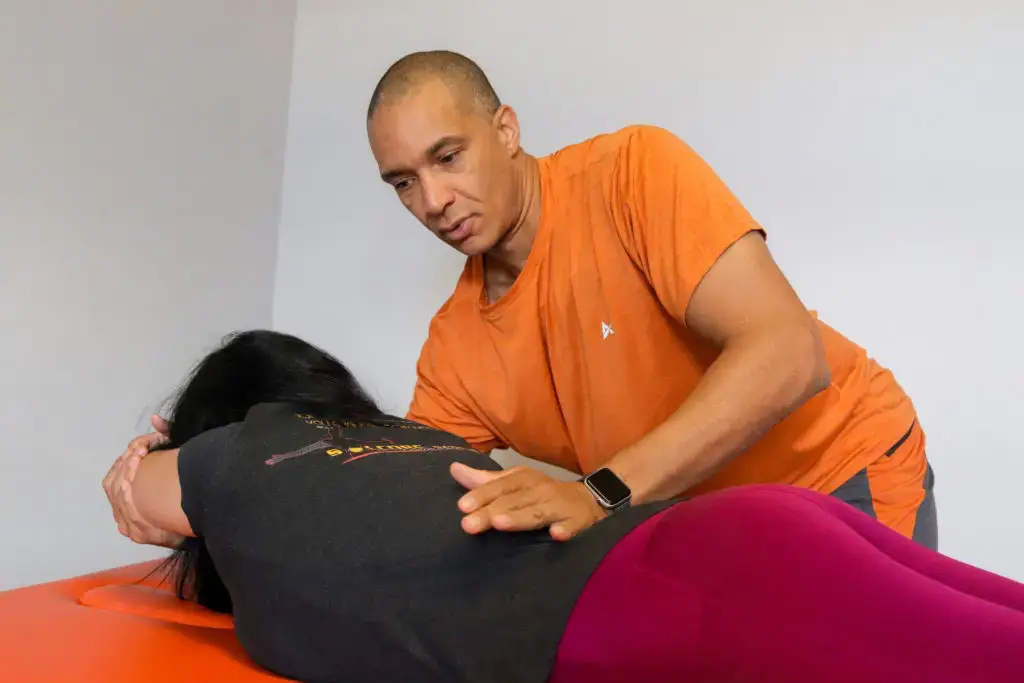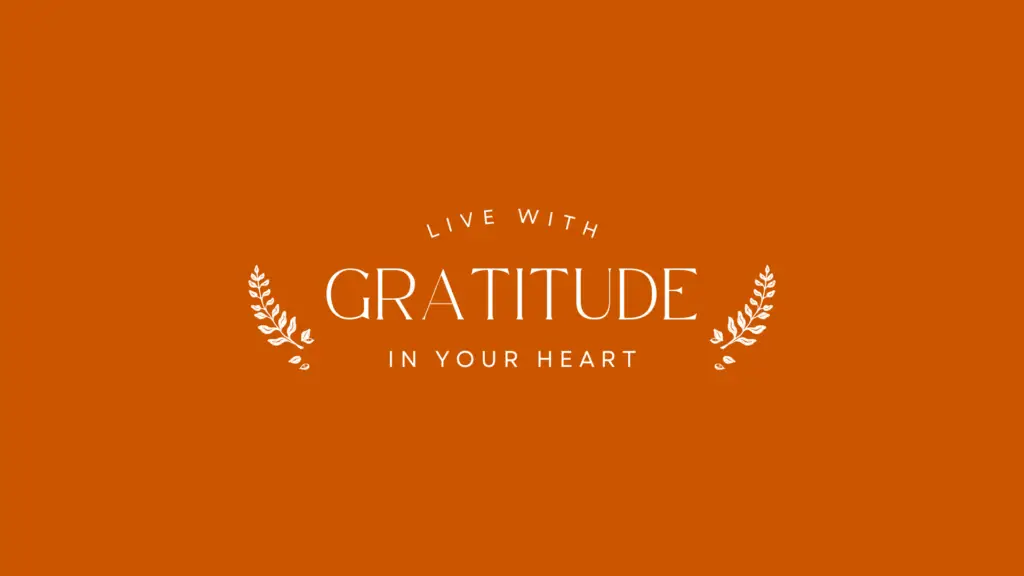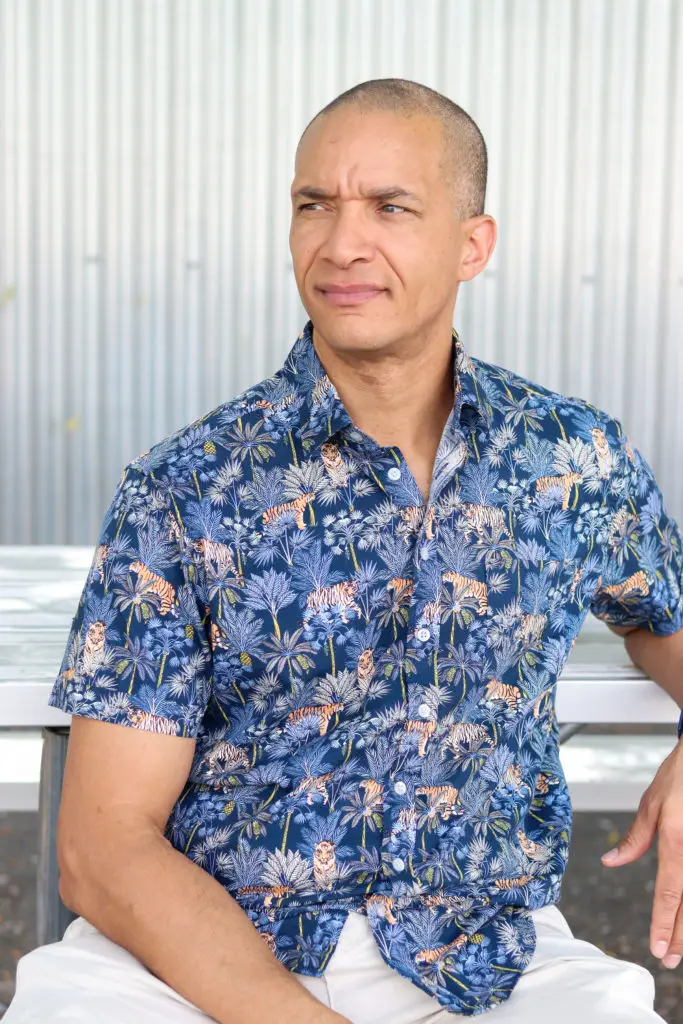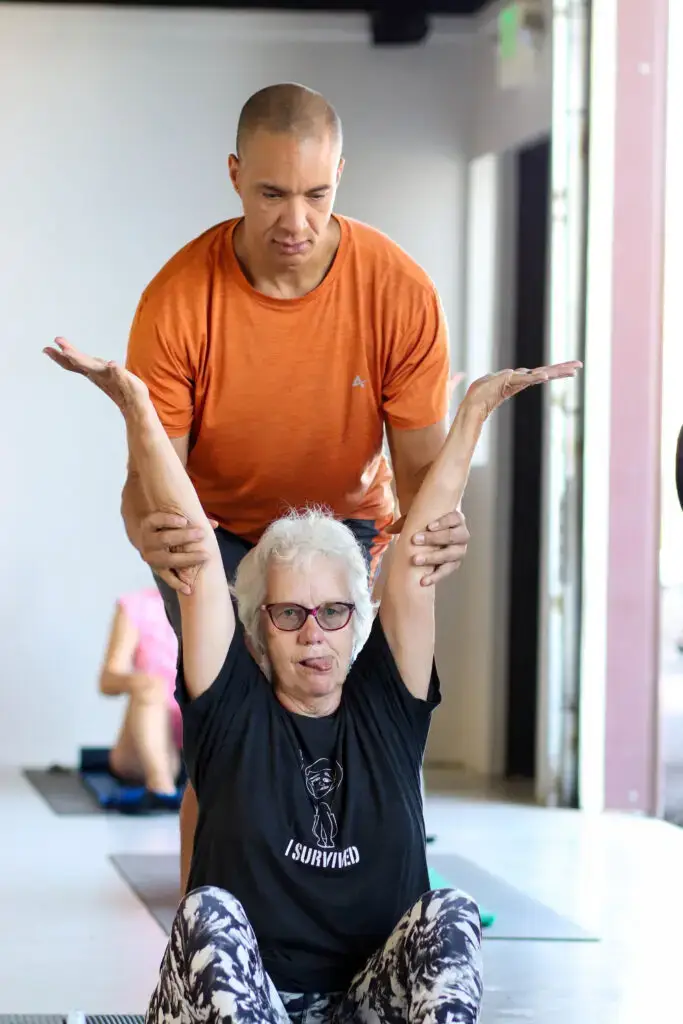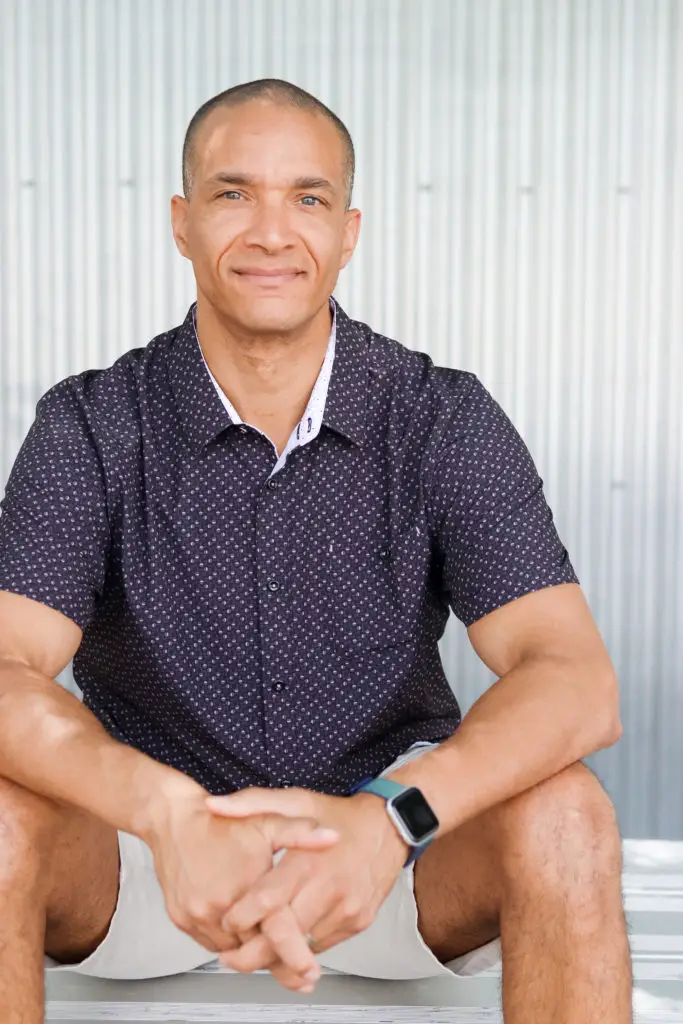
You might think practicing what I preach comes easy. Truth is, while I know the value of taking care of myself and always seek the best guidance I invest in regular visits with respected professionals, including my teacher and mentor, Dr. Voyer it’s not a walk in the park.
I make time for preventive holistic care. I spend more than most would dream of on my body because it matters. But no, I don’t always leap for joy or follow a perfect routine with a smile. There are times when new protocols feel uncomfortable, unfamiliar, or even inconvenient. But I remind myself: If it already felt natural and easy, I wouldn’t need it.
My own impatience and competitiveness push me and also trip me up. I’m not sitting here to tell you that you should do what I do. One of me is plenty! I just want to float a thought: Being proactive grateful, thoughtful, consistent is tough at first. But it’s much easier than being stuck, hurting, and reacting later.
So, are you proactive about your health and fitness? Or do you wait until discomfort forces your hand? If you want a proven plan to stay ahead of the curve, the [HOLISTIC EXERCISE AND FITNESS PROGRAM] can help you turn intention into lasting change.
It’s not just working out, it’s building a foundation for a better life.
Find out more @

